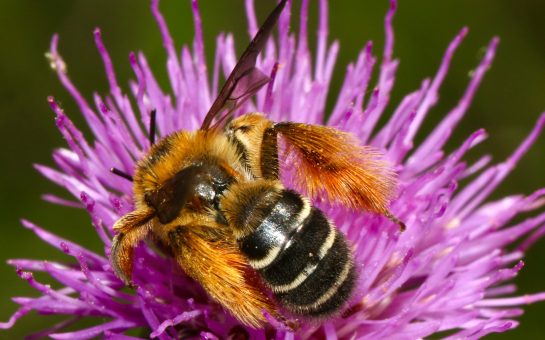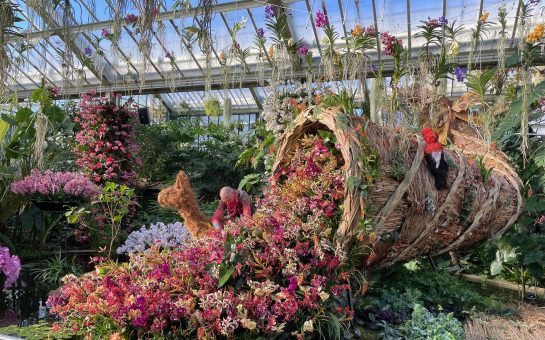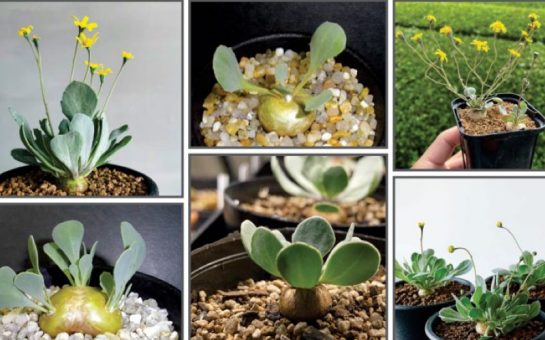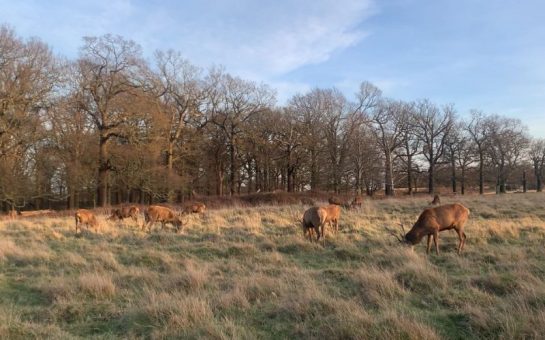Kew Gardens are celebrating National Fungus Day this Sunday.

Giant mushrooms will tower over Kew Gardens for the next month, in honour of the first ever National Fungus Day this Sunday.
The series of 4-metre-tall mushrooms, called the Fungi Fairy Ring, are a newly-commissioned sculptural installation designed by Tom Hare.
Hare worked with Kew’s mycologists (fungus fanciers) to create the series of woven willow sculptures, which represent seven native species of edible fungi.
The day aims to raise the profile of fungi and fungal research throughout the UK and Ireland, and encourage people to realise fungi’s full potential.
Bryn Dentinger, head of mycology at Kew Gardens, said: “Fungi are over-looked and under-appreciated. I want people to appreciate the role that fungi play in our society.”
He said that most people in the UK think of fungi as being ugly and unappealing, like the mould that grows in the shower, or on food that has gone off.
But the reality is that most fungi are full of chemicals that are hugely beneficial to us, helping us develop new drugs and medicines, as well as new food products, among many other more obscure uses.
The razor-strop fungus (aka Piptoporus betulinus), was once used by barbers to sharpen blades and by watchmakers to polish moving parts, as well as having antibacterial properties.
A sample of the fungus dating back 5,500 years was found in the burial site of a mummified man, known as Otzi the Iceman, in the Austrian mountains.
But Britain’s fungi are not only a force for good, as our green pastures and tranquil woodlands also harbour 14 mushrooms with fatal potential and at least 42 highly poisonous species.
The ‘death-cap’ mushroom (Amanita phalloides) is one of the world’s deadliest mushrooms, and is said to have caused the death of Roman Emperor Claudius in 54AD. While the mushroom tastes pleasant and looks like other harmless species, just one ounce is enough to kill a human.
The ‘destroying angel’ (Amanita virosa) is also highly deadly, with toxins that attack the liver and kidneys, with no known antidote. The mushroom was even considered fatal enough to land a cameo role in ‘Midsomer Murders’.
Although there are around six species of fungus for every known vascular plant in the UK, they have been largely overlooked, and there is still a huge amount we don’t know.
But fungi are everywhere. A gram of woodland soil can contain over 1 million microscopic fungi, and all woodland life relies on a huge underground network of fungal threads – called mycelium.
As technology develops, we are learning more and more about fungi and are able to identify increasing numbers of new species.
Bryn said: “We only know about 10% of fungi species at best, and all these great uses we have for fungi have come from just the 10% we know. The potential for new discoveries is staggering.
“It fills me with awe and wonder.”
Other ways to celebrate the day at Kew include a behind-the-scenes tour of the gardens’ Fungarium, to view the largest collection of dried fungi in the world, featuring samples collected by Charles Darwin and Alexander Fleming.
Activities for children are continuing throughout the half term, teaching about fungi through simple science experiments. The children can also contribute towards a mass participation artwork, which will recreate a forest floor using plasticine.
For more information about events at Kew Gardens, visit: www.kew.org/visit-kew-gardens/whats-on/incredibles/fascinating-fungi/index.htm
For more information about fungus groups in SW London, visit: www.londonfungusgroup.org.uk/fungi-to-be-with/
Follow us @SW_Londoner




